A little while ago, a Facebook group dedicated to promote interest in pipe organs published post critical of Anna Lapwood doing a recital on one of our digital instruments. I will happily admit dismay that anyone could take it upon themselves to have a pop at one of the most energetic and visible ambassadors promoting the organ we have seen in past decades. My emotions only stabilised as it became clear that this view was in the minority by perhaps as much as 4 to 1. The post rumbled on with over 100 comments piling in quickly, but with too many in my humble opinion that criticised Anna for playing a digital organ.
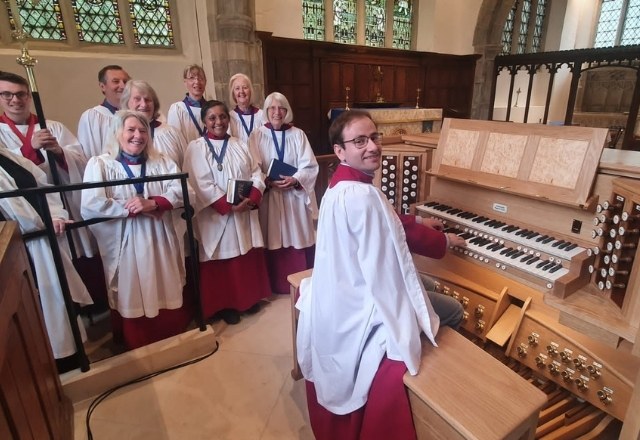
In comparison to other musical instruments the organ world has had remarkably few giant personalities to help gather in fans and admirers or even students to help drive the profile of their chosen instrument. Most mainstream instruments don’t need these star performers but sadly the organ most certainly does.
Over time we have had Virgil Fox, Carlo Curley and most recently Cameron Carpenter who have managed to generate interest for our beloved instrument. The former two of course working at times before social media made the task easier. Anna is clearly a master of promotion on these platforms creating a vast number of short clips that really engage with audience mostly by force of her own personality and thereby the organ is being brought to life in a way that no one has managed before. Long may this continue.
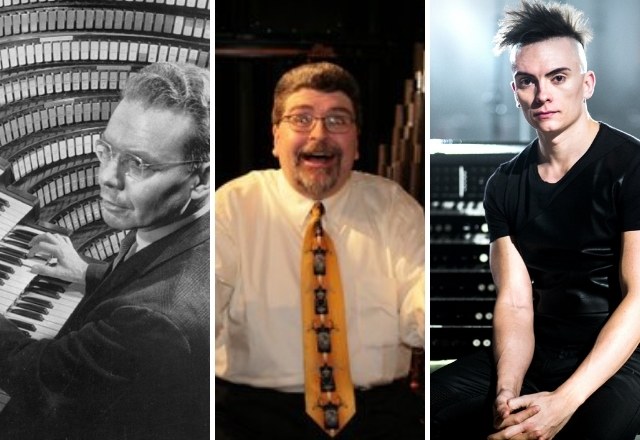
There are of course many more great virtuoso organists but I hope I can say without fear of contradiction that none have yet developed Anna’s knack for making the instrument so much more accessible and to such a wide audience.
I have become all too ready to accept attending organ recitals where seeing 50 plus attendees is the bar height at which success of the event is often measured. So what a joy on reaching Holy Trinity Rayleigh last Saturday at 2.00pm, 30 minutes ahead of the start time, to be greeted with a near full church. 200 tickets had been sold ahead of the event, tickets being sold at the door and the capacity of 250 places clearly being near met.
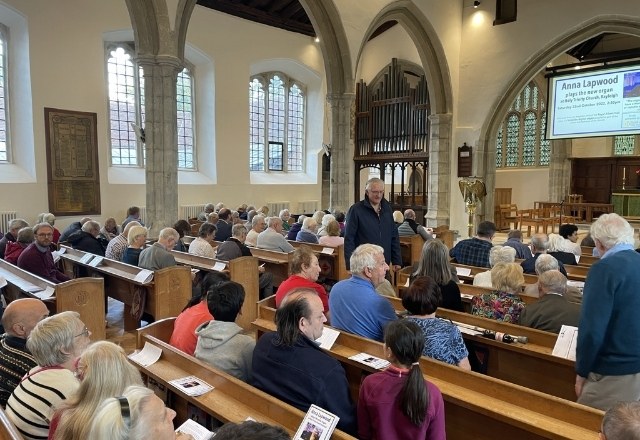
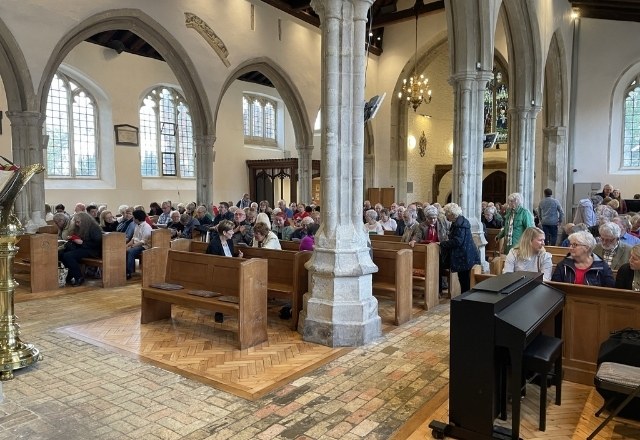
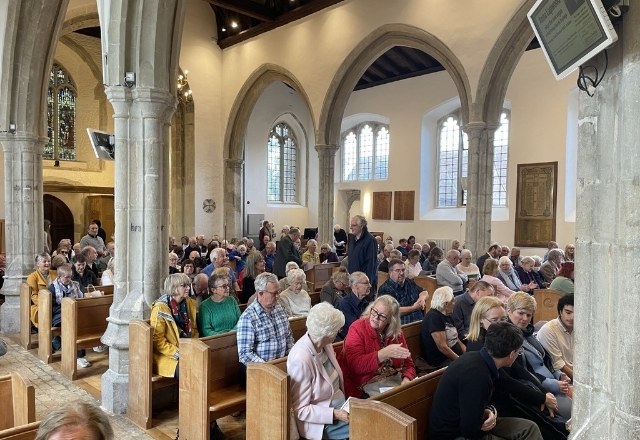
Is this the Anna Lapwood effect? I am sure the church team worked hard to promote the event but I have no doubt that Anna’s publicity for the organ is changing attitudes and was part of the reason there was a near capacity crowd.
You might also take a note of the programme. Miles away from a typical recital offering, which shows the instrument in the wider ranges of general musical interest.
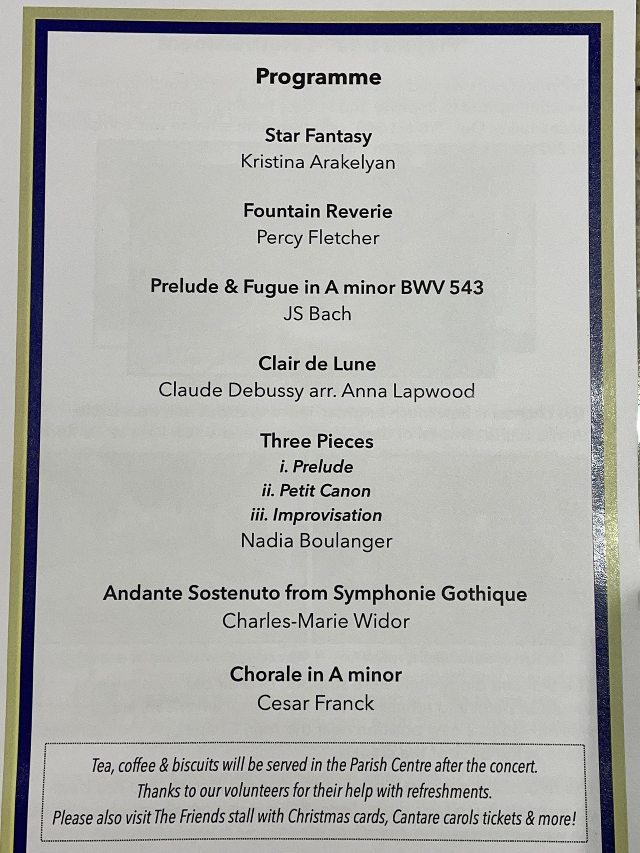
Whatever your personal view of the argument of pipes versus loud speakers that will no doubt rumble on well after I have left the planet, I for one am delighted that the organ world has a new enthusiastic ambassador that is engaging with musicians in general and children in particular.
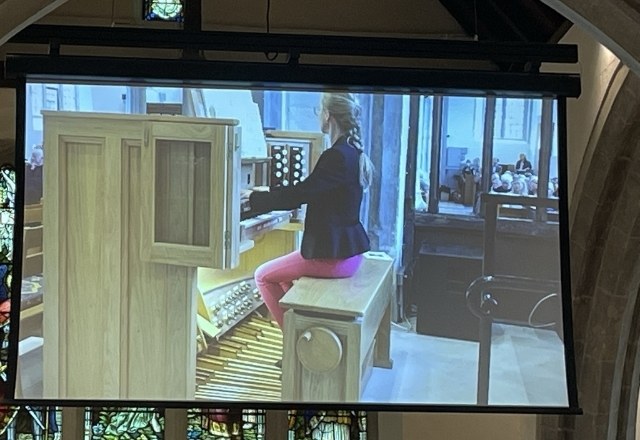
We are starting to see more youngsters searching for instruments and especially young girls. And I suggest that a great deal of that is down to the work Anna is doing to bring the instrument out of the cobwebs and into the spotlight. Well done Anna.
I have had a passion for church organs since the tender age of 12. I own and run Viscount Organs with a close attention to the detail that musicians appreciate; and a clear understanding of the benefits of digital technology and keeping to the traditional and emotional elements of organ playing.
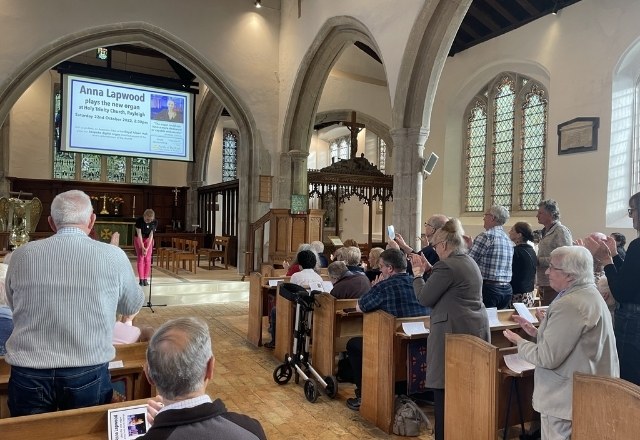



My Music teacher 45 years ago was called David Mason. David Leslie Mason.
Interesting! I can confirm no relation at all. Regards David
I can only say that I agree, David. The fact remains that there are good digitals, and bad digitals, just as we all know that there are good pipe organs and bad (!) pipe organs. Having served a variety of posts, two of which had digital installations (including a recent installation at my current church) I can say with no little experience that playing on a nice digital is vastly superior to a mediocre (or small) pipe organ.
There is little doubt that digital instruments fill a very real need, too. In my current post, our church was never intended to house a proper pipe organ, and therefore had no space or structure allotted for one. Our loft only averages 12′ in height, which makes fitting even mundane 16′ principals difficult. Just about everything in the pedal would need to be haskled or laid on its side to make work, to say nothing of the great expense that would be required (per a structural engineer’s formal review) to structurally reinforce a loft never meant to bare such a weight.
Our solution was a new digital instrument that is of excellent quality both tonally and physically. The results are superb (replete with facade), and VASTLY more flexible than if we had put in a tiny chamber organ of 2-3 stops. The resulting installation is a joy to play, and it makes very real music, regardless of the method of tonal generation (which is in itself rather pleasing; technology has come quite a long way!).
I think that anyone who dismisses digital instruments does so either out of pride or ignorance. It is very true that many of the older generations of instruments left… ahem… a lot to be desired. But the new generation of organs by most reputable builders really have a lot to be proud of.
My final comment will be to say that I’m also glad to read that comprehensive voicing was done at Bristol cathedral; this seems to be one of the factors missing in poorly-conceived installations that are just plopped in. Ironically enough, certain pipe manufacturers (Moller) were guilty of exactly the same thing! (To a similarly detrimental effect, one might add…)
I too am amazed that some folk might be critical of Anna’s work, but confess I have not read the article on FB.
But I wonder how many people don’t realise that the line between digital and analogue organs is rather blurry. Many great pipe organs now have very sophisticated electronics within them which help to reduce maintenance time and keep the instrument sounding at its best.
Thanks to Anna the pipe organ is no longer seen as the dreary things that drags out sorrowful hymns (well, not too often anyway) but rather as a magnificent orchestral string, woodwind, brass, percussion instrument capable of amazing temperament and colour and vitality and emotion.
And although I wish I could have a Viscount instrument in my home (I couldn’t do it justice) I’m so pleased that we have a new generation of young men and women bringing these instruments to life.
And it might not surprise you that I support the work and the aims of the Society of Women Organists, by being a proud member.